Container houses are trending in most countries, but how do you build a container house? Are you intrigued by the idea of creating a unique and affordable living space?
Building a container house could be the perfect solution for you! With the rising popularity of alternative housing options, container homes have quickly become a trendy and sustainable choice.
In this comprehensive guide, we will take you through the step-by-step process of building a container house, from planning and sourcing materials to construction and design techniques. Whether you are a DIY enthusiast or an aspiring homeowner searching for an innovative dwelling, we have got you covered!
Discover the key topics we will cover:
- Benefits of container homes
- Choosing and preparing the right location
- Design considerations and customization options
- Foundation and structural modifications
- Insulation and climate control
- Plumbing and electrical installation
- Practical tips for maximizing space
- Finishing touches and aesthetics
- Costs and budgeting
Don’t miss out on the chance to explore the exciting world of container houses. Let’s embark on this thrilling journey together as we guide you towards creating the home of your dreams!
Table of Contents
Shipping Containers: The Versatile Building Material for Your Dream Container House
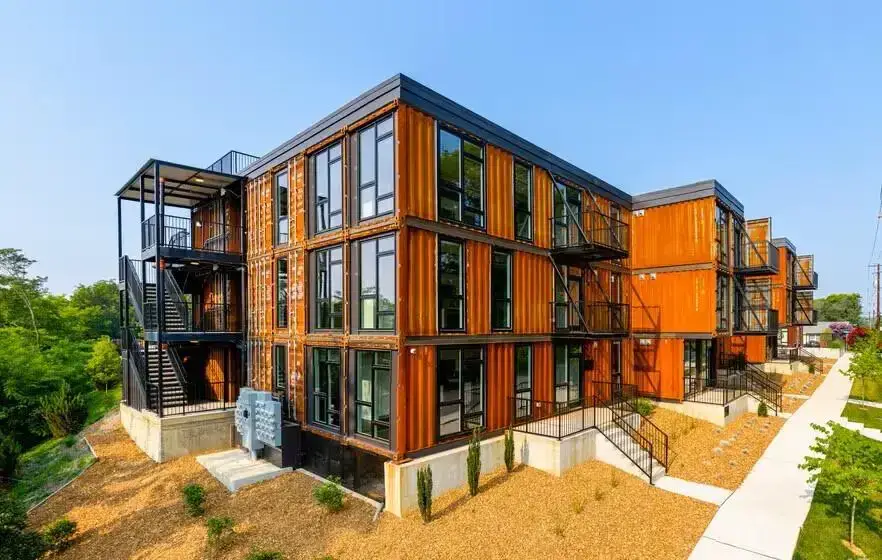
When it comes to building your own container house, there is no better choice than utilizing shipping containers. These steel giants have transformed the construction industry and become the go-to material for innovative, sustainable homes.
The history of shipping containers dates back to the 1950s when they were first introduced as a standardized method of transporting goods across the globe.
As a result, they have undergone rigorous testing to withstand harsh environments and heavy loads, making them a perfect candidate for building sturdy and reliable container houses.
Read More on Why Container Shortage Compromise Global Logistics And Trade
Exploring the Different Sizes and Types of Shipping Containers
Shipping containers come in various sizes and types, providing you with flexibility and options during the construction process.
The most common sizes are 20-foot and 40-foot containers, which offer ample space for creating cozy, comfortable living spaces. Additionally, there are high cube containers that provide extra vertical space, giving you more room for creative design and layout possibilities.
When selecting and sourcing shipping containers, there are several factors to consider. Firstly, check the condition of the containers to ensure they are structurally sound and free from any damage.
It is also important to choose containers that have been retired from shipping service, as these have a lower risk of containing hazardous materials.
Lastly, consider purchasing containers that have been treated for rust and corrosion, guaranteeing their longevity and durability.
Read More on An Exclusive Look At The Different Types Of Shipping Containers
Advantages and Disadvantages of Container Housing
Container housing offers numerous advantages that make it an appealing option for many homeowners. The primary advantage is cost-effectiveness, as building with shipping containers can be significantly cheaper than traditional construction methods.
Additionally, containers can be easily transported and repurposed, providing you with the flexibility to relocate or expand your home in the future.
However, it is essential to consider some disadvantages when opting for container housing. Insulation is one of the main challenges, as the walls of shipping containers are made of steel, which conducts heat.
Proper insulation techniques and materials need to be incorporated to ensure a comfortable living environment. Moreover, modifications to the container structure may be required to accommodate windows, doors, and other amenities.
Now that we have explored the potential of shipping containers as a building material for your dream container house, it’s time to dive into the construction process. Stay tuned for part 3 to learn how you can turn your container into a beautiful and functional living space.
Read More on Best Poolside Container Plants – Stunning Pool Area Choices
Advantages and Disadvantages of Container Housing

Container housing has gained popularity as a cost-effective and sustainable housing solution. Let’s explore the advantages and disadvantages of using shipping containers for building houses.
Advantages of Container Housing
1. Cost-effectiveness compared to traditional construction:
Building a container house can be significantly cheaper than constructing a traditional house. The cost savings can be attributed to the availability and affordability of shipping containers. Additionally, the modular nature of containers allows for easier and faster construction, reducing labor costs.
2. Durability and structural integrity:
Shipping containers are made to withstand harsh weather conditions and the rigors of international shipping. They are designed to be sturdy and are constructed with materials like steel, making them highly durable. Container houses have excellent structural integrity, providing long-lasting and robust housing options.
Read More on Ultimate Truth On Is It Cheaper To Build A Container Home?
3. Eco-friendly and sustainable features:
Using shipping containers for housing promotes sustainability and minimizes environmental impact. Repurposing containers reduces the need for new construction materials and helps in recycling.
Additionally, container houses can incorporate eco-friendly features, such as rainwater harvesting systems, solar panels, and green roofs, further increasing their sustainability.
Read More on Container Pools in NZ – Unparalleled Backyard Beauty
Disadvantages of Container Housing
1. Limited interior space:
Shipping containers have predefined sizes, which can limit the interior space of a container house. Standard containers provide approximately 320 square feet of living space. While multiple containers can be combined for larger houses, it may not be ideal for those requiring more space or specific layout requirements.
2. Modification and insulation challenges:
Modifying containers to suit residential needs may involve cutting and removing sections, which can compromise their structural integrity.
The insulation process can also be challenging, as containers have thin walls and require additional insulation to make them comfortable for living. Proper insulation is essential for temperature regulation and noise reduction.
3. Zoning and regulatory concerns:
Container houses may face zoning and regulatory concerns, varying by location. Some areas may not permit container houses or have specific regulations regarding their use. It is crucial to research and understand local regulations before embarking on a container housing project.
While container housing offers numerous benefits, it is important to consider these potential disadvantages and limitations while planning and designing your container house.
Read More on Luxury Container Hotels – Offering Unique Experiences
Cost of Shipping Containers
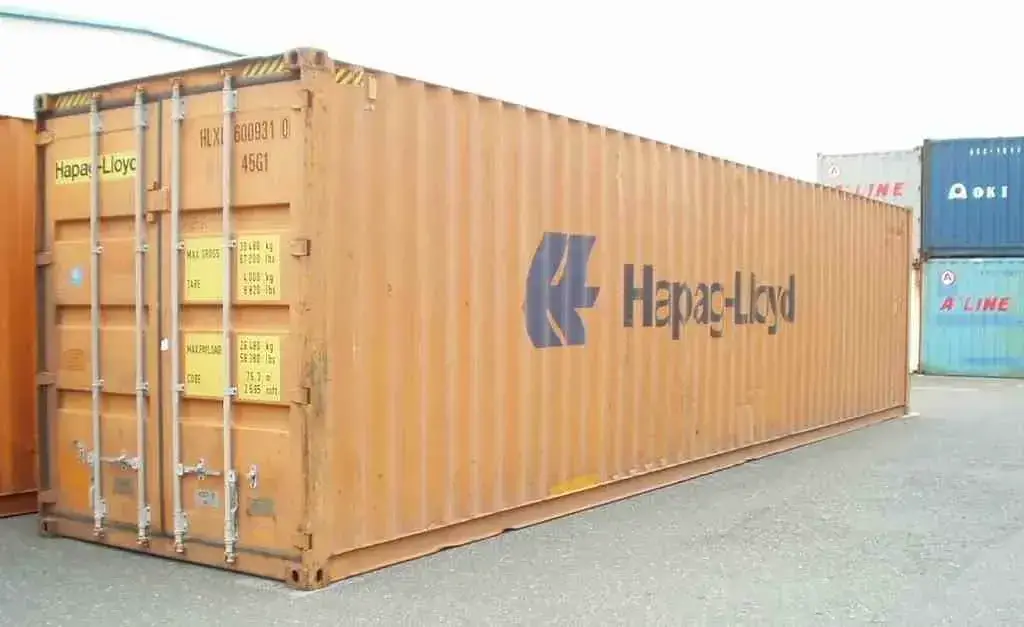
The cost of a shipping container will depend on the size and how new, old, or banged up the shipping container is. A 20′ container can cost as much as $2,000 or more, while a 40′ container may cost anywhere from $3,000 or more. A brand new shipping container are really difficult to get, and would cost you way more.
The quality of the container will also affect its price. If you want your containers to last for years, you should buy a high-quality one. Otherwise, you might want to buy low-quality ones that are less expensive but will not last long.
To build a container house, you must know how much it costs before starting construction. If you do not have enough money, then building with shipping containers might not be feasible for you at this time.
Remember that they are not cheap materials to use in constructing houses. One used shipping container would set you back anywhere from $3,000 to $7,000.
Read More: Can You Put A Shipping Container On Agricultural Land?
Cost of Installing a Shipping Container
The cost to install a container house varies depending on the size of the house and the materials used. A typical container home built in the U.S. costs about $65 per square foot, which includes materials and labor.
However, this figure could be higher in other countries where labor is cheaper. For example, a container home in Australia costs about $35 per square foot due to lower labor costs.
A typical container house has three bedrooms and two bathrooms with an open-plan kitchen, dining room, and living room on one level. The average size of these homes is between 800 square feet (73 square meters) and 1,200 square feet (111 square meters).
The cost to build a container house depends on how much customization you want to add to it. This includes extras such as adding solar panels or insulation layers at different levels inside the walls.
Read More: How Do You Prevent Mold In Shipping Containers? Easy
Construction Process
Building a container house requires careful planning and execution to ensure a safe and comfortable living space. In this section, we will provide you with a step-by-step guide on how to construct your container house.
Step-by-step Guide to Building a Container House
- Foundation preparation and considerations: Before starting the construction, it is essential to prepare the foundation. Depending on your location and soil conditions, you may need to consult a professional to determine the appropriate foundation type.
- Structural modifications and cutting windows/doors: To transform the containers into habitable spaces, structural modifications are required. This includes cutting openings for windows and doors, reinforcing walls, and adding extra support beams if needed.
- Connecting and securing multiple containers: If you plan to build a larger container house, you will need to connect multiple containers. This can be done by welding or bolting the containers together, ensuring a secure and stable structure.
- Installing insulation and HVAC systems: It is crucial to insulate your container house to maintain comfortable temperatures. Install insulation materials to the walls, floor, and roof. Additionally, consider installing a heating, ventilation, and air conditioning (HVAC) system to regulate indoor air quality.
By following these steps, you will be able to create a solid foundation, modify the containers to suit your needs, and ensure a comfortable living environment.
Read More on Experience Luxury Living In Tasmania With Stunning Container Homes
Design Possibilities and Layout Planning
When it comes to building a container house, the design possibilities are endless. Container houses offer a unique opportunity to explore creative design options and architectural possibilities.
With a little imagination, you can transform a shipping container into a functional and aesthetically pleasing living space.
One of the key aspects of designing a container house is addressing layout considerations and optimizing space utilization. Shipping containers come in standard sizes, so it’s important to carefully plan how to make the most out of the available space.
- Maximizing Space: By utilizing innovative design techniques, you can create a layout that maximizes every square inch of your container house. From multi-level designs to creative storage solutions, there are endless possibilities to make the most of your space.
- Functional Living Spaces: Container houses can be designed to include all the essential living spaces you need. From bedrooms and bathrooms to kitchens and living areas, the layout can be customized to suit your lifestyle and preferences.
- Aesthetically Pleasing: Container houses don’t have to sacrifice style. With the right design elements, you can create a visually appealing living space that stands out. From exterior finishes to interior decorations, every detail can contribute to the overall aesthetic of your container house.
Whether you’re looking for a cozy tiny home or a spacious family house, container houses offer versatility in design. The layout planning stage is crucial to ensure that the final result is a space that meets your needs and exceeds your expectations.
Read More on Luxury Container Homes In South Africa: Incredible Concepts
Cost Considerations and Budgeting
Building a container house is not only an exciting project, but it can also be a cost-effective solution for those looking for an alternative living space.
In this section, we will provide guidance on budgeting for your container house project and explore the various cost considerations involved.
Estimating Costs
When it comes to estimating costs for a container house project, there are several factors to consider. Firstly, the cost of purchasing containers will be a significant portion of your budget. The number of containers you need will depend on the size and layout of your desired house.
Additionally, you will need to factor in the cost of labor. Hiring skilled workers who are experienced in container house construction is crucial to ensure a high-quality result. It’s important to research and obtain multiple quotes from contractors to find the best fit for your project.
Furthermore, there are other construction expenses to consider, such as insulation, plumbing, electrical wiring, and interior finishes. These costs will vary depending on your specific requirements and the quality of materials you choose.
Read More on Shipping Container Homes In Oklahoma: Stylish and Sustainable
Comparing Savings
One of the significant advantages of building a container house is the potential for cost savings compared to traditional housing options.
Container houses are often more affordable due to the use of recycled shipping containers and their simplified construction process.
By repurposing shipping containers, you can save on the cost of building materials without compromising on structural integrity. Additionally, the construction process tends to be quicker and more straightforward, resulting in potential savings on labor costs.
It is essential to consider these potential savings when deciding to build a container house. By carefully budgeting and comparing the costs, you can make an informed decision about whether this alternative housing option is the right choice for you.
Read More on Are Container Homes Legal in Miami? Find Out the Facts!
Exploring Financing Options
If budget constraints are a concern, there are various financing options available for container house projects. Many financial institutions now offer loans specifically tailored to alternative housing projects, including container houses.
It is advisable to research and compare different financing options to find the best terms and interest rates. Some programs may even offer incentives or grants for sustainable and eco-friendly construction projects.
- Research different financing options for container house projects
- Compare interest rates and loan terms
- Consider programs that offer incentives for sustainable construction
By exploring financing options, you can make your container house project more affordable and manageable within your budget.
Read More on How To Finance A Container Home: All You’ll Need
Permits, Regulations, and Legal Requirements
Building a container house requires careful consideration of various permits, regulations, and legal requirements. This section outlines the necessary steps to ensure compliance and avoid any legal issues during the construction process.
1. Zoning Restrictions
Before embarking on your container house project, it is essential to understand the zoning restrictions in your area.
Zoning regulations often dictate the type of structures and land uses permitted in specific locations. Research and consult with local authorities to determine if container housing is allowed in your desired area.
2. Building Codes
Compliance with building codes is crucial to ensure the safety and structural integrity of your container house. Building codes vary by jurisdiction and cover aspects such as structural design, electrical systems, plumbing, and accessibility.
Familiarize yourself with the applicable building codes and work with professionals who have experience in container house construction.
Read More on How To Get Permits For Container Homes In Florida
3. Compliance with Local Laws
In addition to zoning restrictions and building codes, it is important to comply with any other local laws that may impact your container house project.
These may include regulations concerning waste disposal, noise restrictions, energy efficiency standards, and more. Research and understand all relevant local laws to avoid any legal complications.
Read More on Container Home Builders in Georgia: Whose The Best?
4. Obtaining Permits
Obtaining the necessary permits is a crucial step in building a container house. The specific permits required may vary depending on your location and the scope of your project.
Common permits include building permits, electrical permits, plumbing permits, and permits for modifications or additions to existing structures.
Consult with local authorities to determine the permits needed and follow the application process diligently.
5. Navigating Legal Processes
Navigating legal processes and paperwork can be daunting, especially for first-time builders. Consider hiring professionals such as architects, engineers, or contractors who are familiar with the legal requirements and can guide you through the process.
They can help ensure that your container house project complies with all necessary regulations and receives the required approvals.
By understanding and addressing the permits, regulations, and legal requirements early in the planning stage, you can avoid costly delays and potential legal issues.
Remember to consult with professionals and local authorities to ensure compliance and a smooth construction process.
Read More on Building A Container Home in Florida – How To Build One
Sustainability and Eco-Friendly Features
When it comes to building a container house, one of the biggest advantages is the focus on sustainability and eco-friendly features.
These houses are not only affordable and stylish, but they also play a significant role in reducing our carbon footprint and preserving the environment.
Exploring the Environmentally Friendly Aspects
Container houses are considered a green building option because they repurpose shipping containers that would otherwise go unused or end up in a landfill.
By using these containers as a foundation for a home, we are recycling and extending their lifespan, reducing waste and the need for new construction materials.
- Repurposing shipping containers saves energy, as the manufacturing process requires significantly less energy compared to traditional construction materials.
- The process of building a container house produces fewer carbon emissions since it involves minimal construction and transportation.
- Container houses have excellent insulation properties, which helps reduce energy consumption for heating and cooling.
Energy Efficiency and Renewable Energy Integration
Container houses can be equipped with numerous energy efficiency measures to reduce their impact on the environment. These options include:
- Insulated flooring, walls, and roofs to decrease heat transfer and maintain a comfortable indoor temperature throughout the year.
- Energy-efficient windows and doors that prevent heat loss and maximize natural light, reducing the need for artificial lighting during the day.
- Solar panels can be seamlessly integrated into the roof of a container house, enabling the use of clean and renewable energy.
Green Building Materials and Water Conservation Techniques
Container houses embrace the use of eco-friendly materials and techniques to create sustainable homes. Some notable examples include:
- Using recycled or reclaimed materials for flooring, countertops, and cabinetry.
- Installing low-flow faucets, showerheads, and toilets to minimize water consumption.
- Implementing rainwater harvesting systems to collect and reuse water for irrigation purposes.
By focusing on sustainable practices, container house owners can significantly reduce their environmental impact while enjoying the benefits of a beautiful and functional home.
Read More on 10 Surprising Benefits Of A Neat Container Green Roof
Safety, Durability, and Maintenance
When it comes to building a container house, safety, durability, and maintenance are of utmost importance. Addressing these factors will not only ensure the longevity of your container house but also provide a safe and comfortable living environment for you and your family.
Weatherproofing Measures and Fire Safety Considerations
Container houses are susceptible to weather conditions, so proper weatherproofing is essential. This includes sealing all seams and joints to prevent water leakage and insulating the interior to regulate temperature. Additionally, installing proper ventilation systems will help prevent condensation and mold formation.
Fire safety should also be a top priority when building a container house. Consider using fire-resistant materials for insulation and choosing furniture and appliances with fire safety certifications. Installing smoke detectors and fire extinguishers in strategic locations throughout the house is crucial.
| Image | Product Title | Features | Price |
|---|---|---|---|
 | Buy on Amazon | ||
 | Buy on Amazon | ||
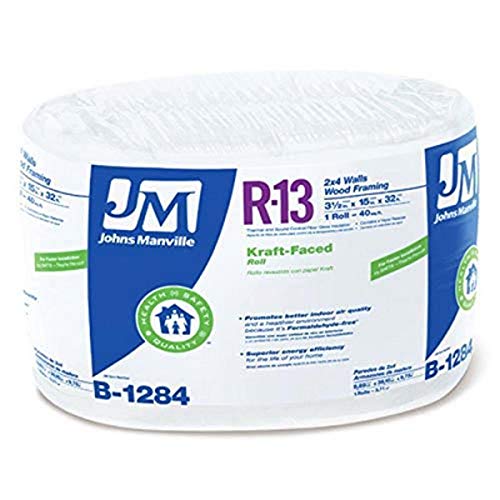 | Buy on Amazon |
Structural Integrity and Pest Control Strategies
The structural integrity of a container house plays a vital role in its safety and durability. Ensure that the containers used are in good condition, free from rust or other structural damages. Reinforcing the container structure with additional steel beams or columns can provide extra stability.
Pest control is another important aspect to address when building a container house. Seal any openings or gaps that pests may use to enter the house, and consider installing mesh screens on windows and vents.
Regular inspections and preventative measures, such as using pest-resistant coatings, can help keep your container house pest-free.
Maintenance Tips to Prolong the Lifespan of a Container House
To ensure the long-term durability of your container house, regular maintenance is essential. Here are some tips:
- Inspect the exterior for any signs of rust or damage and promptly address them.
- Check the weatherproofing seals and insulation regularly and repair or replace as necessary.
- Clean the interior and exterior surfaces regularly to prevent dirt build-up and potential damage.
- Monitor and maintain the electrical and plumbing systems to prevent any issues or leaks.
- Trim nearby vegetation to avoid damage from branches or roots.
By following these maintenance tips, you can prolong the lifespan of your container house and enjoy a safe and durable living space for years to come.
DIY Container House Projects
Are you feeling inspired to build your own container house? You’re not alone. The DIY container house movement is gaining momentum, with individuals around the world showcasing their impressive projects.
Showcasing Successful DIY Container House Projects
From cozy cabins nestled in the woods to sleek modern residences, there is no shortage of creativity when it comes to container house projects. Check out these remarkable examples for inspiration:
- A stylish container house in the heart of the city, complete with a rooftop garden and solar panels for sustainable living.
- A charming retreat by the beach with a spacious interior, designed to maximize natural light and ocean views.
- An off-grid container house nestled in the mountains, featuring rainwater harvesting systems and a bio-digester for waste management.
Tips and Guidelines for Building Your Container House
If you’re ready to embark on your own container house project, here are some valuable tips and guidelines to consider:
- Start with a clear plan and design concept to ensure your container house meets your needs and reflects your personal style.
- Thoroughly research local building codes and regulations to ensure compliance with permits and legal requirements.
- Work with a structural engineer to ensure the containers are properly reinforced and can withstand the elements.
- Invest in high-quality insulation and ventilation systems to create a comfortable living environment.
- Consider incorporating eco-friendly features, such as rainwater collection systems or energy-efficient appliances, to reduce your environmental impact.
Resources and Online Communities
Building a container house can be an exciting but challenging journey. Luckily, there are numerous online resources and communities dedicated to DIY container house enthusiasts. Here are a few to get you started:
- Container Home Builders: A comprehensive website offering guides, tutorials, and inspiration for DIY container house projects.
- Container Living: An online community where members can share their experiences, ask questions, and connect with like-minded individuals.
- YouTube Channels: Check out popular channels such as “Container Home Project” and “Living Big In A Tiny House” for real-life stories and practical advice.
By diving into these resources and connecting with others who share your passion, you’ll have all the support you need to make your DIY container house dream a reality.
Case Studies and Inspiration
Explore these real-life examples of successful container house projects and get inspired by their unique designs and creative uses of shipping containers in housing:
1. SteelHaven: A stunning container house nestled in the heart of the countryside. This project showcases the seamless integration of containers into the natural landscape, with floor-to-ceiling windows offering breathtaking views. The interior boasts an open-concept layout, combining industrial elements with modern aesthetics.
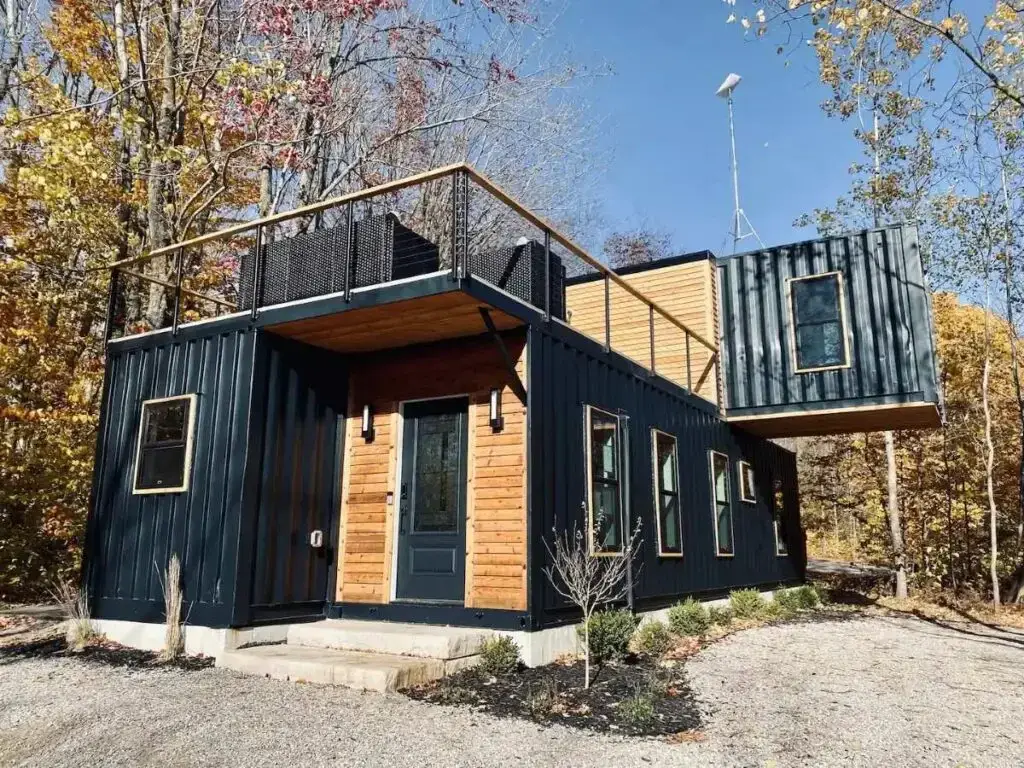
2. 83 Freight: Located in a bustling city, this container house proves that you can have a stylish and sustainable home in an urban setting. The design incorporates multiple containers stacked vertically to maximize space while maintaining a small footprint. The rooftop garden provides a serene escape from the city hustle.
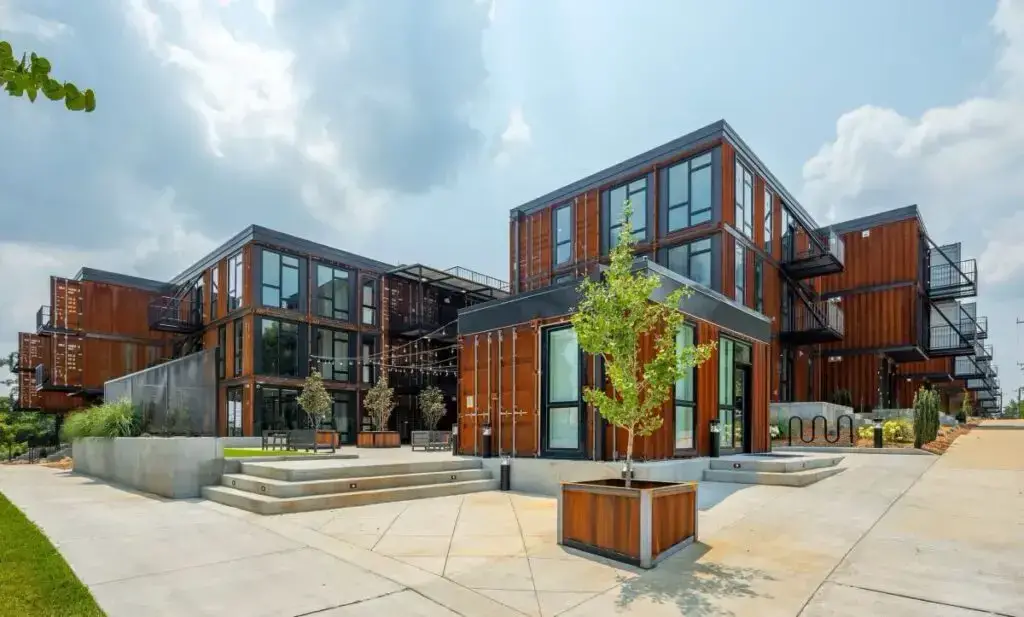
3. The Artistic Abode: This container house pushes the boundaries of design and creativity. The exterior is adorned with colorful murals and graffiti, making it a true work of art. Inside, the containers are cleverly combined to create multidimensional spaces, including a loft area and a dedicated art studio.
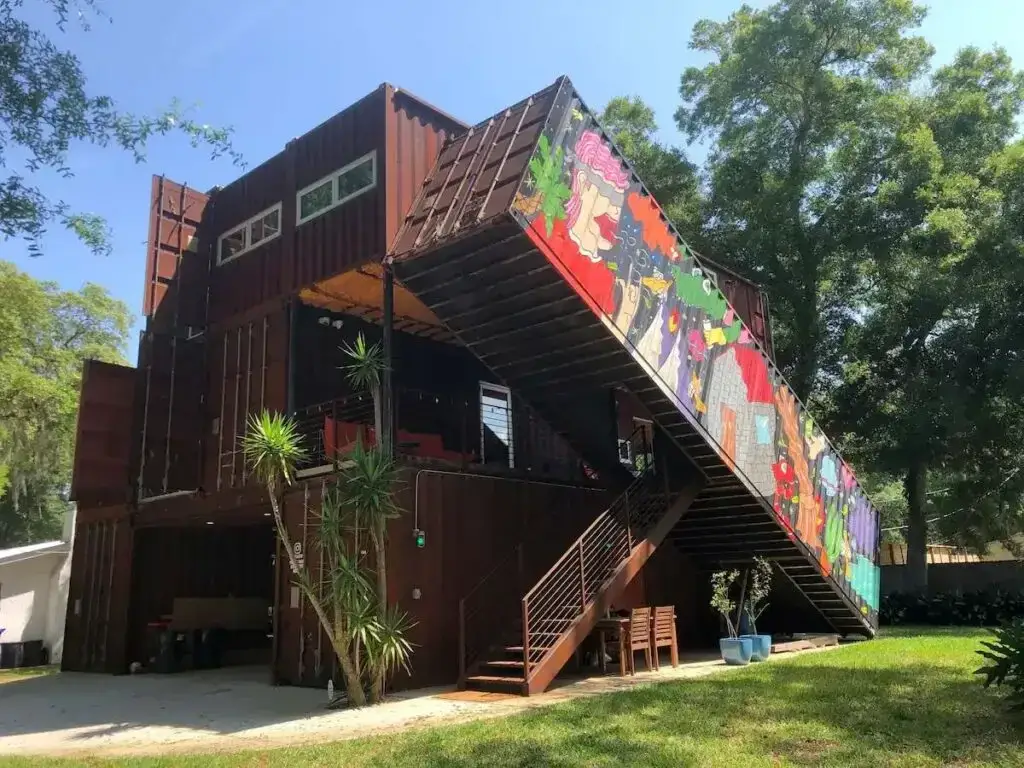
These case studies serve as a source of inspiration and ideas for those interested in building their container house. By showcasing the versatility and adaptability of shipping containers, they highlight the endless possibilities awaiting those who embark on this unique housing journey.
Conclusion
Throughout this guide, we have explored the various aspects of building a container house. From the introduction to the design possibilities, cost considerations, and case studies, we have covered a wide range of topics.
Container housing offers numerous advantages such as affordability, sustainability, and versatility. However, it also has its disadvantages and challenges that must be taken into consideration. By understanding the construction process, permits and regulations, and safety measures, you can overcome these hurdles.
Now that you have an understanding of container housing, we encourage you to explore it as a viable alternative and sustainable housing option.
Container houses offer unique and modern designs that can be customized to your preferences and needs. They are not only eco-friendly but also durable and low-maintenance.
If you are interested in learning more about building a container house, we recommend checking out the following resources:
- Container Home Builders: A website dedicated to providing information, inspiration, and resources for container housing projects.
- Container House Design Ideas: A collection of container house designs and layouts for inspiration and planning.
- Container House Construction Guide: A comprehensive guide that covers the entire construction process of building a container house.
Building a container house is an exciting and innovative way to create your dream home. With proper planning, research, and a little creativity, you can build a unique and sustainable living space that reflects your personality and values. So why not explore the possibilities of container housing today?
Read More on Advantages And Disadvantages Of Solar Energy You Didn’t Know About

